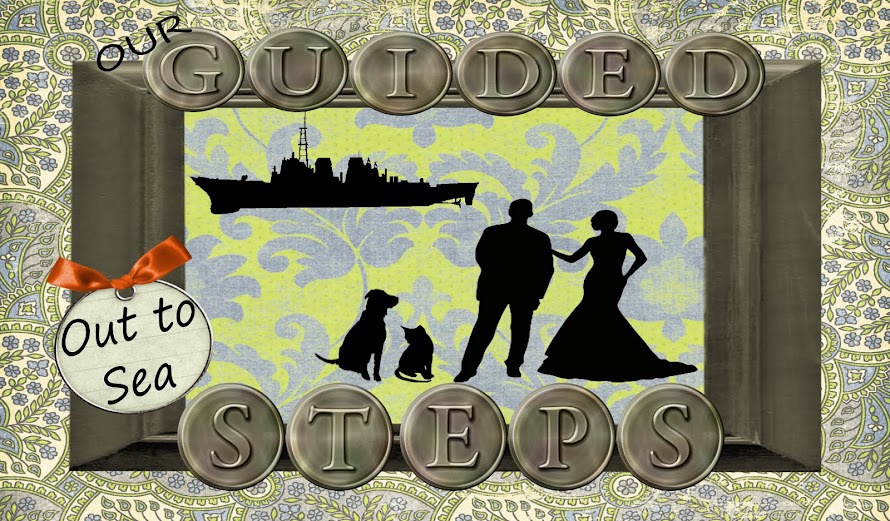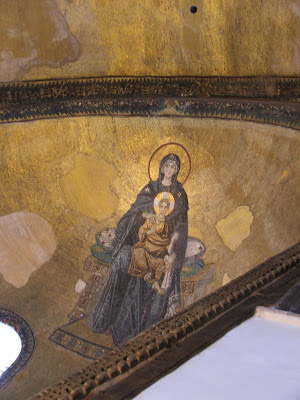Harry and I had an agreement:
I would tour all day almost every day HIS historical sights if he took me to see the infamous Whirling Dervishes.
You see... I miss Atlanta with all its cultural opportunities. At one point we were season ticket holders to the Atlanta Opera, Atlanta Symphony, and the Atlanta Ballet. With occasional tickets to the Agatha Christie Dinner Theater, Shakespeare Festival, and the annual holiday trip to see the Nutcracker. Needless to say Harry was not as thrilled as I when these tickets were purchased. And typically he slept through parts of the event.
I will never forget the 3rd row tickets for The Tempest. We had before Mexican food before followed by one of Shakespeare’s Tempest. And the temptation for Harry to fall fast and hard asleep was too great. The worst part... was he kept waking himself up with a head jerk and a snort. I think he went away with bruises that night from me nudge/ kicking him awake when the snoring was louder than the eloqui. Arughhh.... Harry and culture tend to make for a long night.
So back to Turkey..... he agreed to take me to see the Dervishes.
The rituals of the Rumi's followers (Whirling Dervishes) are among the enduring as well as the most exquisite ceremonies of spirituality. The ritual whirling of the dervishes is an act of love and a drama of faith. It possesses a highly structured form within which the gentle turns become increasingly dynamic as the individual dervishes strive to achieve a state of trans.
They simple spin and spin round and round....

The story of the creation of this unique form of dhikr is that Rumi was walking through the town marketplace one day when he heard the rhythmic hammering of the goldbeaters. It is believed that Rumi heard the dhikr, "la elaha ella'llah" or in English, "no god, but God" in the apprentices beating of the gold and so entranced in happiness he stretched out both of his arms and started spinning in a circle. With that the practice of Sema and the dirvishes of the Mevlevi order were born.
The Sema ceremony (the spinning) represents a spiritual journey; the seeker's turning toward God and truth, a maturing through love, the transformation of self as a way of union with God, and the return to life as the servant of all creation.

The music that accompanies the whirling from beginning to end ranges from somber to rhapsodical; its effect is intended to be mesmerizing. Chanting of poetry, rhythmic rotation, and incessant music create a synthesis which, according to the faithful, induces a feeling of soaring, of ecstasy, of mystical flight.

As the dervishes spun round and round... it was like a little enchanting lullaby for Harry as he drifted off to Never-never Land.












































































